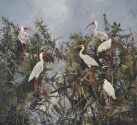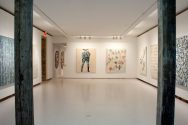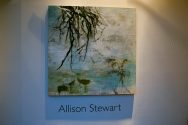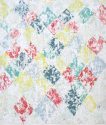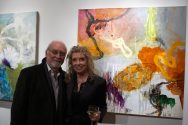“Ghost Town: Photographer Deborah Luster,” The Advocate
Murder. Victim. Scene. Spirit. Photograph. The unrelenting specter of violence is turned into ethereal art via a distinctive vision by photographer Deborah Luster. Her exhibit, “Tooth for an Eye: A Chorography of Violence in Orleans Parish,” is a compass that pinpoints place, but evokes peace where immeasurable pain and horror once occurred.

